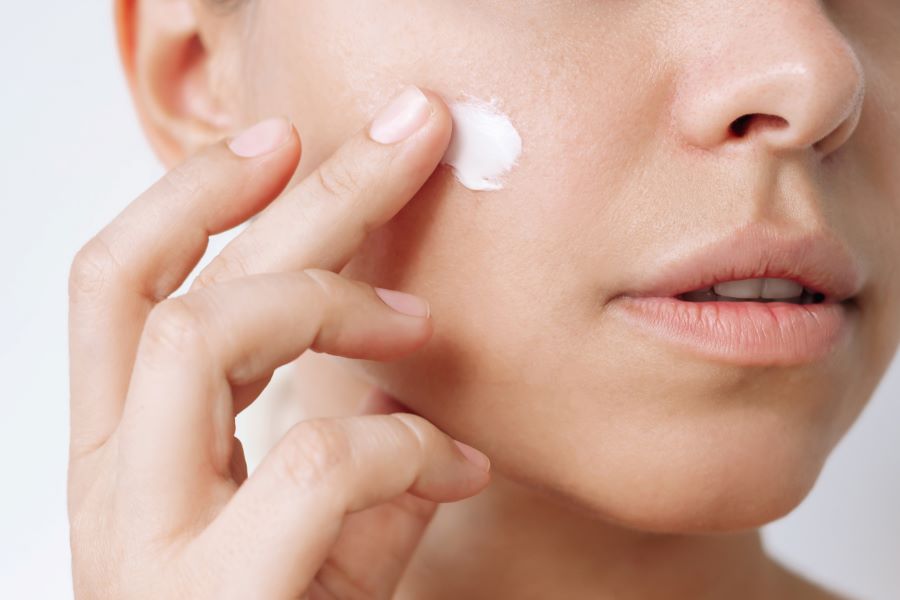Deciphering the Art and Science of Botox: Aesthetic Transformation and Beyond
From its discovery in the 1820s to its use as a cosmetic treatment, Botox has been a fascinating substance that has intrigued scientists, doctors, and beauty enthusiasts alike. Its journey from a deadly toxin to a sought-after beauty solution is nothing short of remarkable. The story of Botox is a testament to the power of scientific curiosity, innovation, and the ever-evolving quest for aesthetic perfection.

The Historical Context: Botox’s Journey from Toxin to Treatment
Botox, or Botulinum Toxin, was first identified in the 1820s by German physician Justinus Kerner, who was studying a batch of spoiled sausages that caused food poisoning. Kerner named the substance “sausage poison” or “botulus,” which eventually became “botulinum toxin.” It wasn’t until the 1950s that scientists at the University of California, San Francisco, were able to isolate and purify the toxin, paving the way for its medical use.
The first medical use of Botox came in the 1970s when it was used to treat strabismus, a condition that causes misaligned eyes. It was during these treatments that doctors noticed a side effect of the toxin – it reduced wrinkles. This discovery led to the FDA approval of Botox for cosmetic use in 2002, and the rest, as they say, is history.
Today’s Relevance: The Botox Boom
Today, Botox is one of the most popular non-surgical cosmetic treatments worldwide. According to the American Society of Plastic Surgeons, over 7.7 million Botox treatments were performed in the United States alone in 2019. Its popularity is largely due to its ability to smooth wrinkles and fine lines, giving the skin a more youthful appearance.
Botox’s popularity extends beyond the beauty sphere. It is also used for medical purposes, such as treating migraines, excessive sweating, and certain muscle disorders. This versatility has made Botox a staple in both aesthetic medicine and neurology.
Trends, Impact, and Reception: Botox in the Beauty Industry and Beyond
The rise of social media and selfie culture has undoubtedly contributed to Botox’s popularity. As people seek to present their best selves online, many are turning to Botox to enhance their appearance. Additionally, the increasing acceptance and destigmatization of cosmetic procedures have made Botox more accessible and desirable.
However, it’s not just about vanity or appearance. Many people use Botox as a form of self-care or confidence boost. In a society that values youth and beauty, Botox offers a way for individuals to feel more comfortable and confident in their skin.
Despite its popularity, Botox has also faced criticism and controversy. Some argue that it promotes unrealistic beauty standards and contributes to the ageism in our society. Others express concern about its long-term effects, given that Botox works by temporarily paralyzing muscles.
Unique Insights: The Future of Botox
While Botox is primarily known for its cosmetic benefits, research suggests that it may have potential therapeutic applications beyond aesthetics. Studies are currently investigating its use in treating conditions such as depression, anxiety, and even certain gastrointestinal disorders.
Moreover, the development of “designer Botox” or more targeted versions of the toxin could lead to more precise treatments with fewer side effects. This could make Botox even more attractive to those seeking both cosmetic and medical benefits.
The Balance Between Depth and Accessibility: Understanding Botox
As with any medical procedure, it’s essential to understand the potential risks and benefits of Botox. Education and informed consent are crucial. While Botox is generally considered safe when administered by a trained professional, it’s important to remember that it is a powerful neurotoxin. Potential side effects, such as drooping eyelids, bruising, and headache, are usually temporary but should be considered when deciding whether to pursue treatment.
Despite its potential risks, the allure of Botox continues to grow. Its ability to smooth wrinkles, enhance appearance, and even treat certain medical conditions has made it a significant player in the beauty and medical industries. As we continue to explore its potential, the story of Botox is far from over. It’s a testament to the power of science and our enduring quest for beauty, health, and well-being.




